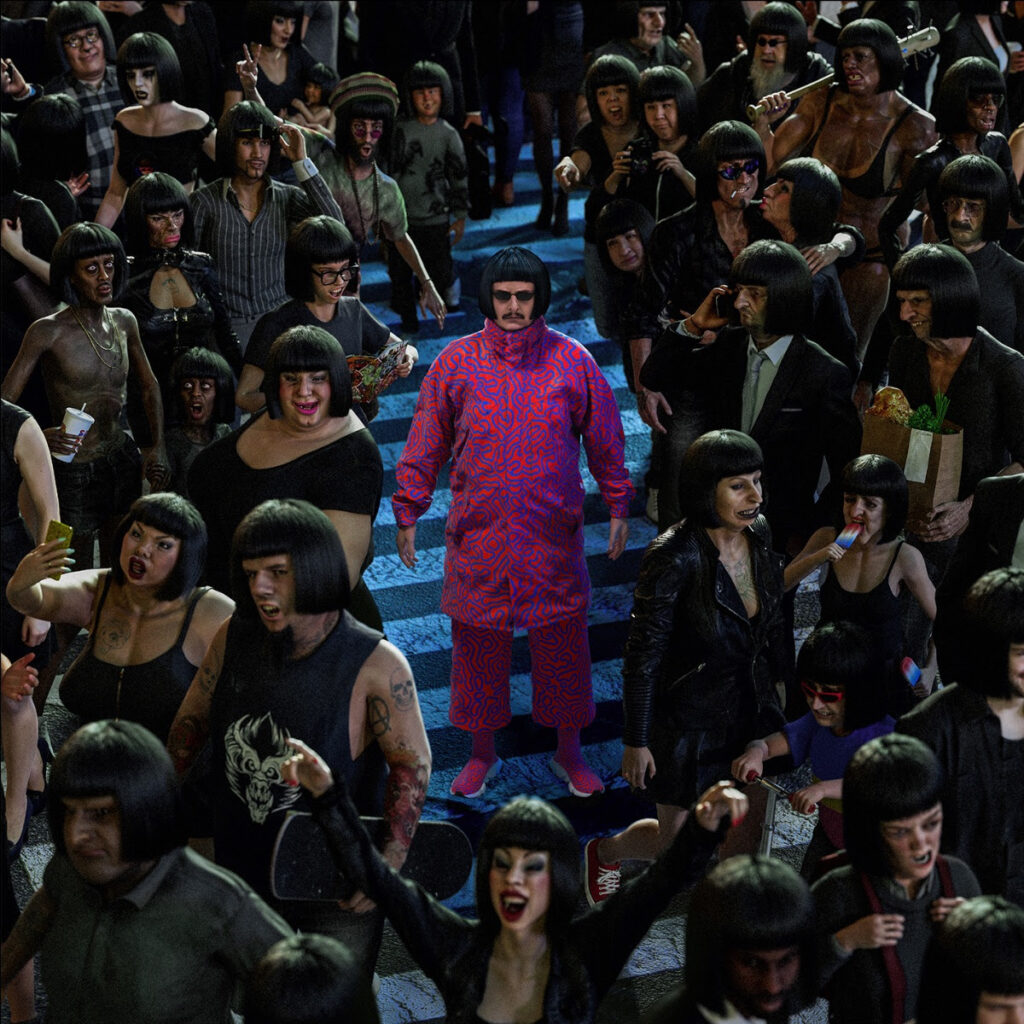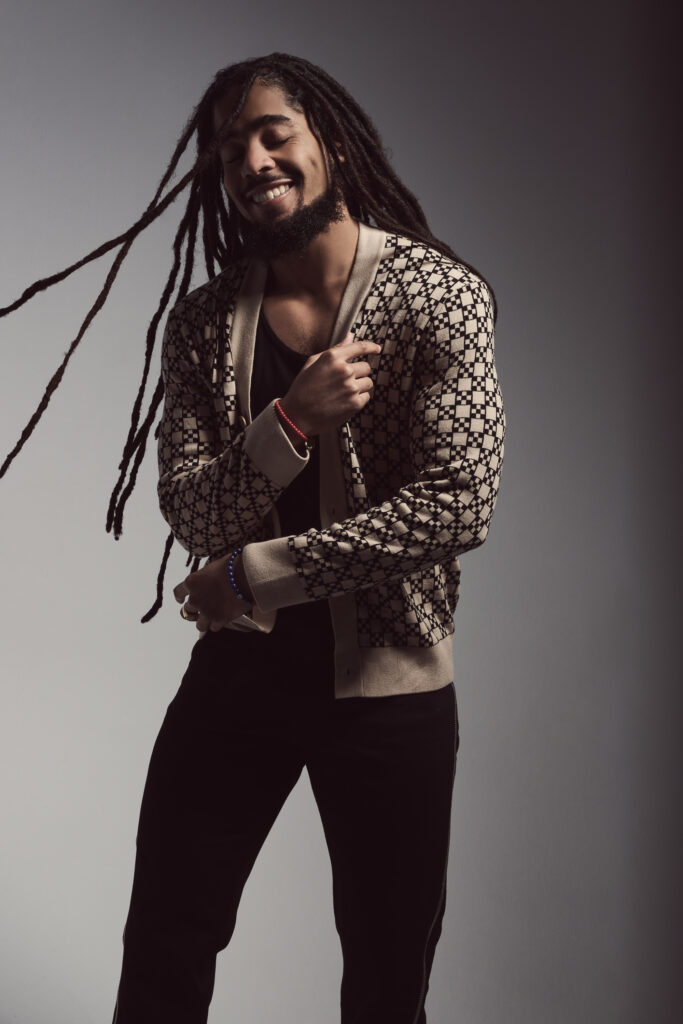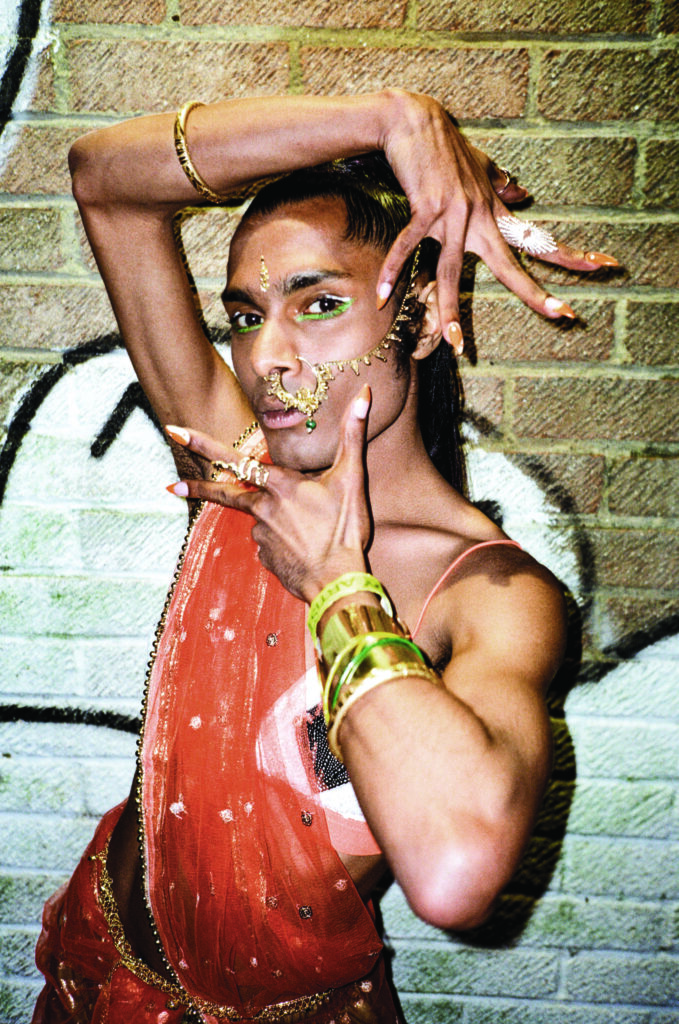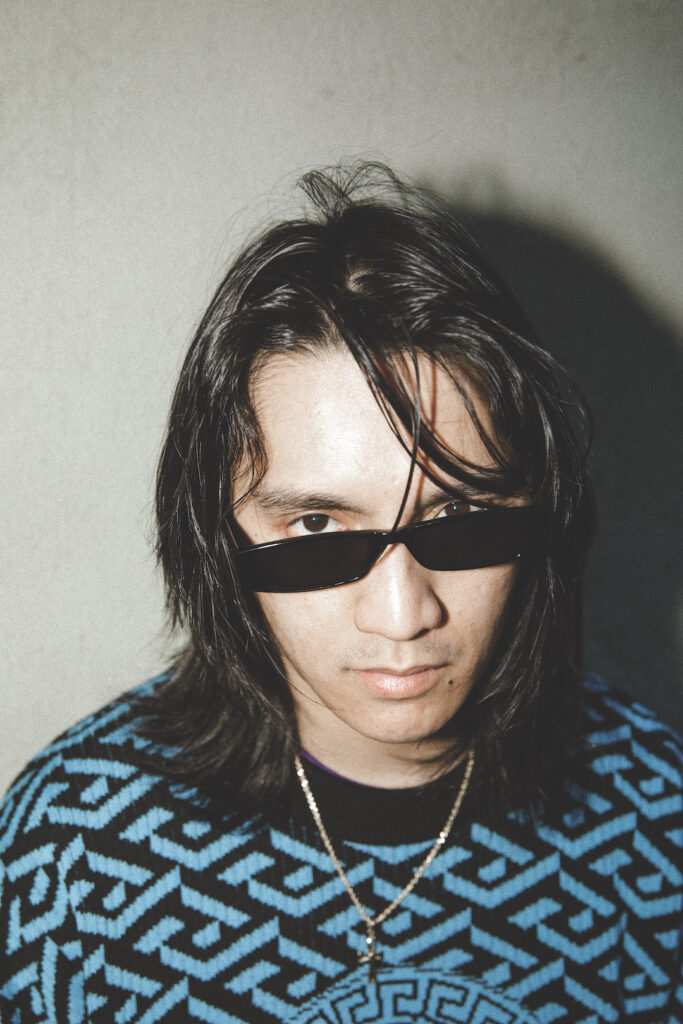Mumbai-Based Rapper Raftar Talks Inspirations, Journey and Dreams for the Future
Photography by Rahul Jhangiani
“I have a couple of artists on my [Kalamkaar] roster, so they keep sending me new music and it’s always a fresh in-and-out with everybody.” Signing a major record deal with Sony just before the virus shook the world, Raftaar’s Kalamkaar imprint is currently his main focus, but next to that is his community, the people: during lockdown, he fed no less than 600 people in any one day, and continues to use his influence for good.
Raftaar, born Dilin Nair in India’s Delhi region, began his career in 2008 as a rapper in the brilliantly-named Mafia Mundeer — a Bollywood-rap outfit. Still considered one of the country’s biggest musical exports, the band eventually disbanded and, in 2013, Nair stepped out with his debut project, WTF (Witness The Future). It became the launchpad for his solo superstardom. In the seven years since that release, Raftaar has dropped two more projects — 2018s Zero To Infinity and his latest, Mr. Nair — and enjoys no less than 10,000,000 views on any of his music videos on YouTube. He’s been a judge on MTV talent shows. Basically, Raftaar is a bonafide star in India. He would, of course, love to be globally loved like his idols, Eminem and The Game (whose logo he has tattooed on his hand), but he is determined for the world to come to him, and not the other way around.
Who is Raftaar: the musician, the man with the mic? How would you describe your style of music to a discerning ear?
Well, I don’t have a particular style and that’s the most beautiful part. I don’t try to put myself in a simple box where everybody can easily describe me. Am I a beat producer or just an MC? Or do I sing? I like to do whatever I like. The last album I dropped had a lot of different sounds on it because I had to show off my other sides. In India, they know me as the “fastest rapper.” That’s how I entered the limelight and the scene — people accepted me as the fastest rapper. Around six or seven years from that, I had to change my dimensions. I love commercial music so, in India, I’m defined as a person who’s like a perfect bridge between commercial hip-hop and underground hip-hop, because I do Bollywood and I also do real hardcore, underground street stuff. My music is a bridge.
“My introduction to rap music came from Linkin Park”
How did you get into music?
My home was always a place where all kinds of music would be played. My dad would get these cassettes that were left back on trains — he used to handle train coaches for his job — so people would leave behind stuff on their journey and it would end up in the lost-and-found section. Then my dad, when nobody claimed them for a couple of months, he would bring them home. In fact, that was the first time I met the English language. I had no idea people were singing in English until my dad started bringing music home, and that’s where my love for music started. Later on, my friends gave me MP3s that had so many different songs and they were laced with Linkin Park, Eminem — a good mix of rap and pure hip-hop — so my introduction to rap music came from Linkin Park, but then moved onto Eminem and other artists. That was the transition.
Which five rappers would you say you were most inspired by growing up?
It’s Linkin Park, it’s The Game, it’s Eminem, it’s Lupe Fiasco, and DMX.
Some dope lyricists there. In terms of the hip-hop scene in India — or more specifically Delhi, where you grew up — what is it like? How big is it out there?
It wasn’t big when we started. Everyone was listening to American rappers. We would listen to their music and what they were saying and try and relate to it. But the truth is we couldn’t relate to what they were speaking about on every level, so we had to use the form of rap but talk about the struggles we go through here. That transition was the most important part. Rap soon became a part of Bollywood numbers and commercial numbers, like Punjabi songs — big Punjabi songs. We would get like 12 or 16 bars in between there, and when we started getting the 16 bars, that’s when we knew we had to talk about ourselves and not what’s happening outside, because it’s not real to us.
That leads me nicely onto my next question. For the older generation
who lean more towards traditional Bollywood music and culture, how do they feel about you guys being into hip-hop culture? Even now, you’ve got the bling on, you’ve got the tattoos — it’s very different to what they’re probably used to.
For people in America, hip-hop has its roots in jazz and jive and be-bop, right? You get your heritage from the same place. It’s the same music that you double-time or chop up and it becomes samples. You use the same kind of soundscapes; the parts are the same, so the relatability increases. Now, with us, what we started off with was very classical Indian music — famous all around the world — and from there it went into Bollywood, where everything was either funny or cheesy. It’s like you had to show one single emotion, and there needed to be some balance. Then came hip-hop and we weren’t even using melodies — just straight-up bars! We were initially met with a lot of naysayers — that’s the softest word I can use — but evolution is a necessity and, eventually, everybody had to accept it.
Are you religious? If so, how do you balance your faith with your rap career? Those two worlds are worlds apart.
In India, religion and rap have no connection. I’m more of a karmic person — I believe in karma. I do believe there is a supreme power, a god, a creator, but I don’t go to temples and I don’t worship idols.
None of your music is in English. Could you see yourself making an English-speaking project down the line to appeal to the wider/American hip-hop market?
I definitely would like to appeal to that market, but I don’t want to go out to their market and conquer it by being them. I want to go there and be accepted as me. The whole Latin American scene is doing well in America right now and the artists are being themselves, singing and rapping in Spanish. Here in India, we get numbers. Sometimes we do bigger numbers than songs that are on the Billboard chart! That’s something we don’t worry about. We get support from our people, and that’s the most important thing.
“I am proud of my name and where I’m from.”
From 2013s WTF (Witness The Future) to your 2020 album Mr. Nair, how would you say you’ve grown as an artist?
When I did Witness The Future, I was just up-and-coming. I had a fall out with another label and then I had to start up on my own. So, I was starting again. I was telling myself, “Witness the future! This is happening!” I manifest a lot. When I was a kid… we had racism, but we had it in a different way. I am South Indian, so I’m seen as a different “caste” or a different creed. That happens in small populations in different areas, but back then it was a lot. People would mock me for being South Indian because my surname belonged to the southern coast of India, because I’m from Kerala. I was somebody who was trying to live in the north of India, so I was almost like an outsider. And that’s why I could relate to hip-hop because I felt what they were rapping about, but in different ways. It was like: man, it’s almost like my story, but just different. We have our own issues. We have our own evils of society. So, with Mr. Nair, it was very important for me to tell the world that I accept I am a Nair and I am living in the north. I am proud of my name and where I’m from. The album before Mr. Nair is called Zero To Infinity, so from Witness The Future to Mr. Nair, it’s like my whole life story.










































































































